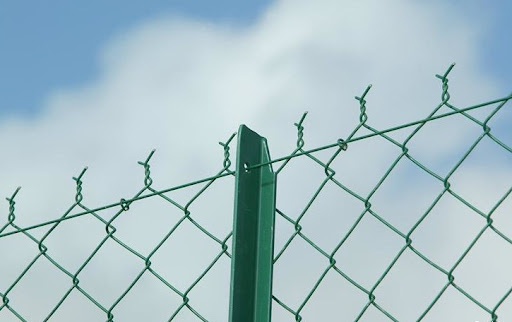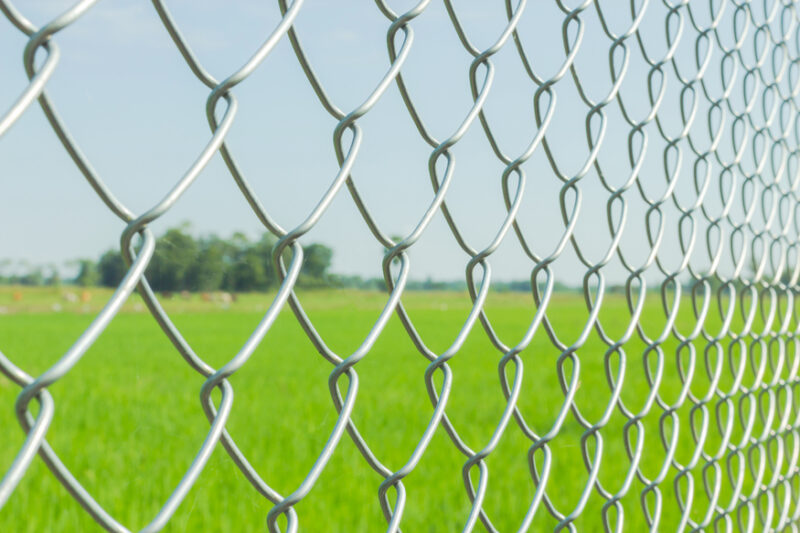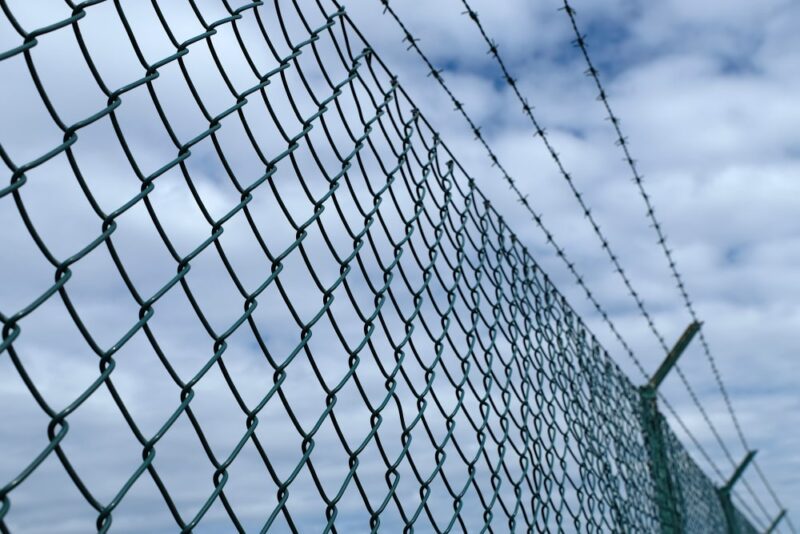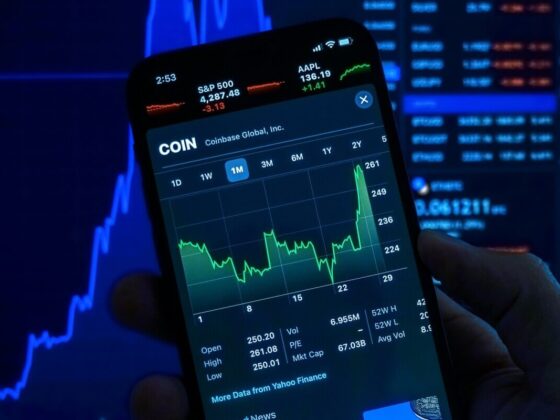Mesh fencing has become a staple in modern security and boundary protection. It is found everywhere from schools and parks to high-security facilities like airports, railways and utility installations. Its durability, visibility, and versatility make it a preferred option for a wide range of applications, but where did this ingenious design come from, and when was mesh fencing invented?
This article delves into the history of mesh fencing, exploring its origins and the evolution that has made it a trusted choice for securing perimeters right across the world.
The Origins of Mesh Fencing

Mesh fencing as we know it today evolved from older wire fencing technologies, which were primarily used for agricultural purposes. The concept of wire mesh can be traced back to the early 19th century during the Industrial Revolution, a period of rapid technological innovation. However, to pinpoint the invention of modern mesh fencing, we need to look at two key milestones: the development of wire weaving technology and the application of wire mesh for fencing.
Early Wire Weaving Technology
The history of woven wire fencing begins in the mid-19th century, when mechanized weaving technology became more advanced. Before the introduction of machines, wire was primarily woven by hand, a time-consuming and labor-intensive process. With industrial advancements, companies began creating machines capable of weaving wire into a mesh pattern, making the production of wire mesh fencing both faster and more cost-effective.
The development of mechanized wire weaving is often credited to various innovators and manufacturers across Europe and the United States during the 19th century, and therefore it is difficult to pinpoint its exact origins.
The Birth of Chain-Link Fencing

Modern mesh fencing, particularly chain-link fencing, is largely attributed to Charles Barnard, an English inventor who is often credited with developing the first machine that could weave metal wire into a diamond-shaped mesh. In 1844, Barnard’s invention allowed for the mass production of what we now recognize as chain-link fencing, revolutionizing fencing materials and making it far more accessible to consumers and industry alike.
Inspired by the weaving processes used in the textile industry, Barnard applied a similar approach to metal wire, creating an interconnected mesh that was strong, durable, and easy to install. This innovation marked a significant shift from traditional wooden or wrought iron fences, which were far more expensive and labor-intensive to construct.
Chain-link fencing rapidly gained popularity in the UK and spread to other countries, including the United States, where it became a preferred fencing option for everything from residential properties to commercial and industrial sites.
Expansion of Mesh Fencing Technology
While chain-link fencing is one of the earliest forms of mesh fencing, the technology continued to evolve throughout the 20th century. As the demand for different types of fencing grew, manufacturers began experimenting with various materials and mesh designs to meet the security needs of different industries.
By the mid-20th century, expanded metal mesh fencing and welded wire mesh emerged as variations that offered different benefits. Expanded metal mesh, for example, is created by cutting and stretching a metal sheet to form a grid-like pattern. This method produces a sturdy and tamper-resistant fence, ideal for medium to high security applications like utility sites and commercial premises.
Welded wire mesh, which involves welding intersecting wires to create a rigid grid, became popular for fencing that required a balance between strength and visibility, such as in sports facilities and parks.
When Was Mesh Fencing Widely Adopted?
While the invention of wire mesh fencing began in the mid-19th century, its widespread adoption occurred over the following decades as the industrial and agricultural sectors recognized its benefits. By the early 20th century, mesh fencing was being used globally for a range of purposes, from securing property boundaries to protecting livestock.
The two World Wars accelerated the demand for secure and affordable fencing solutions, especially in military applications, leading to further innovation and mass production. By the mid-20th century, mesh fencing had become a standard for various industries, cementing its place as a go-to solution for perimeter security.
Modern Mesh Fencing – Advanced Materials and Applications

Today, mesh fencing continues to evolve with advancements in materials and manufacturing processes. Modern mesh fences, like those available from Lochrin Bain, are often made from galvanized steel, PVC-coated wire, and even stainless steel, providing increased durability, corrosion resistance, and aesthetic appeal.
Modern mesh fencing has found its place in a wide range of applications, including the following:
- High-security sites such as prisons, airports, and government facilities
- Sports fields, parks, playgrounds, and other recreational facilities
- Factories, warehouses, and utility sites
- Hospitals, office blocks and local government buildings
Overview
The invention of mesh fencing can be attributed to the innovations of the Industrial Revolution, with Charles Barnard’s chain-link fence weaving machine marking a pivotal moment in fencing history. Since its invention in 1844, mesh fencing has continually evolved, with new designs and materials improving its security, durability, and versatility.
Today, mesh fencing is a staple in modern security infrastructure, trusted to protect everything from residential properties to high-security facilities. Its combination of strength, visibility, and cost-effectiveness ensures that mesh fencing remains one of the most popular choices for securing perimeters across the globe.
As technology advances, we can expect to see further innovations in fencing materials and designs, continuing the legacy of an invention that has shaped the way we protect and secure spaces for over a century.


